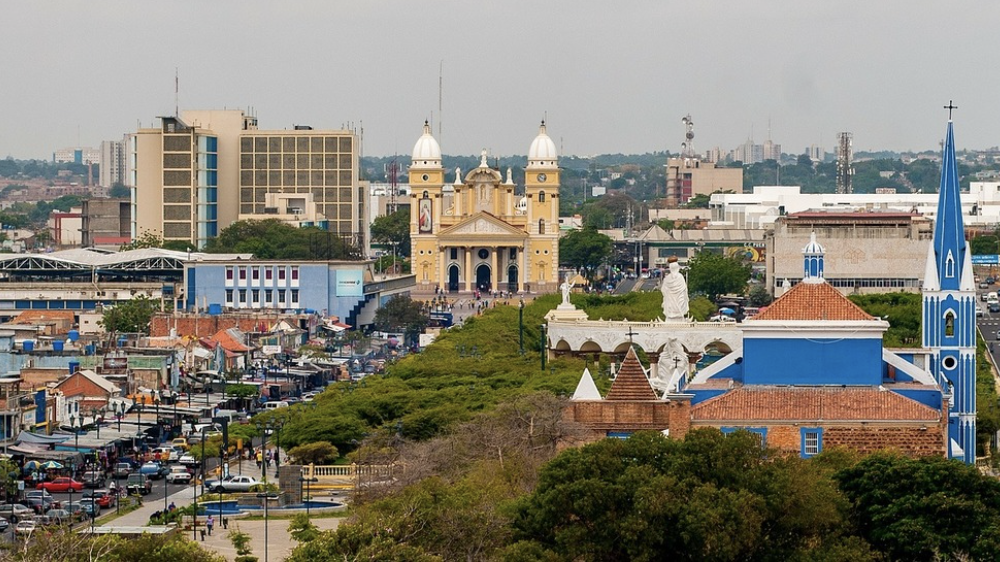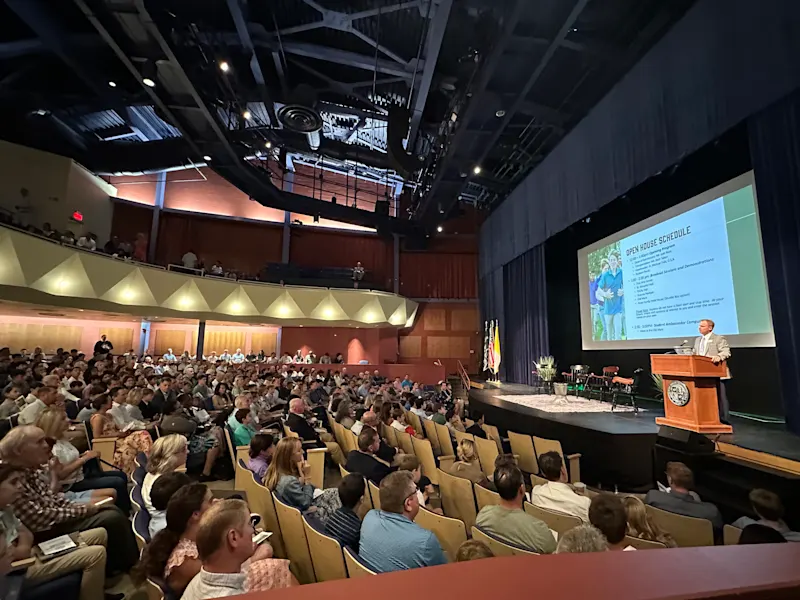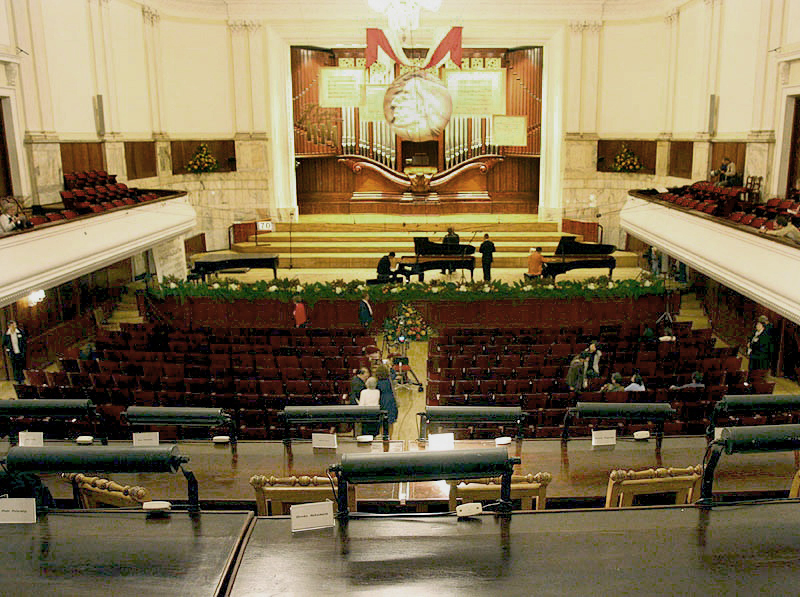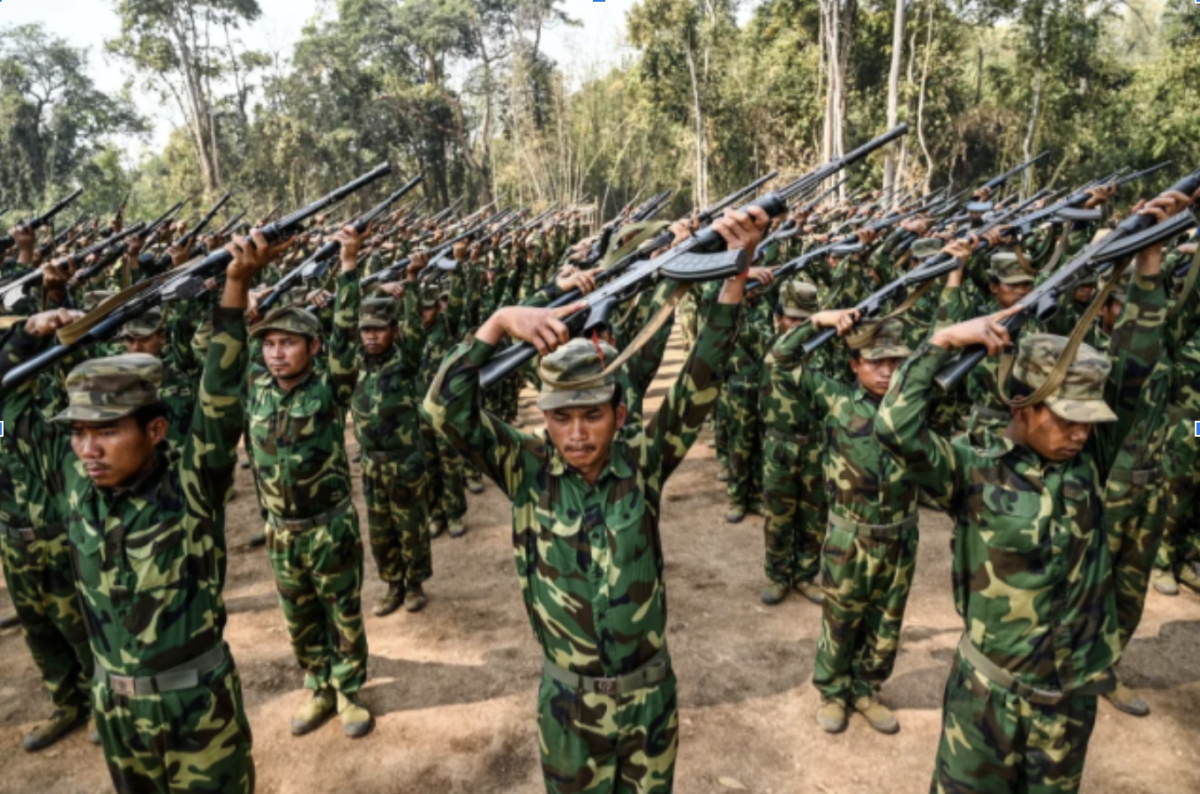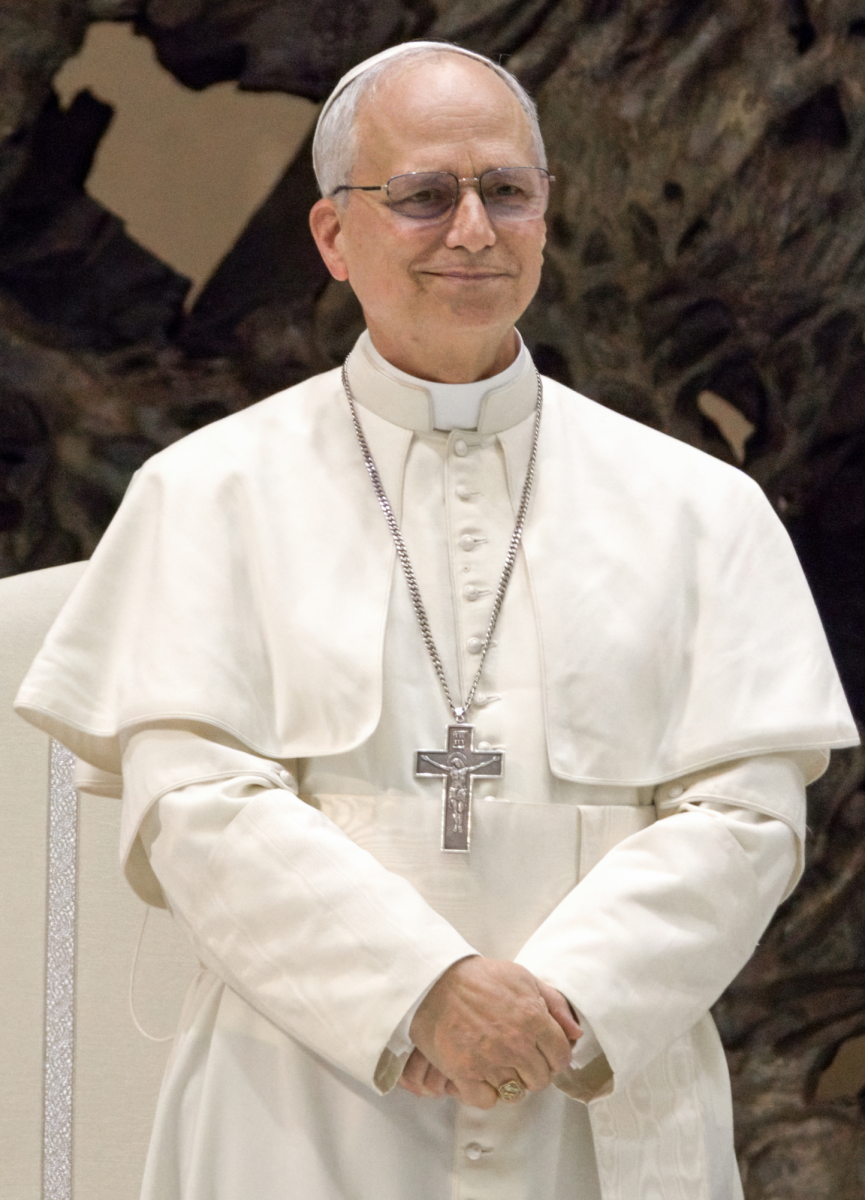Setting the Stage
Ever since Myanmar gained independence from Britain in 1948, it has struggled to maintain control over its diverse ethnic population, leading to a constant fight for power. In 1962, Myanmar’s military, or the Tatmadaw, launched a coup and has more or less controlled the country up until the present, however over time the many ethnic groups band together to attempt to claim sovereignty.
Historically, one of the biggest divisions in Myanmar has been between the majority religion, Buddhism, and the minority groups of Muslims. The Rohingya, the largest Muslim group in Myanmar with a population of around 1 million, has faced dehumanizing levels of persecution for decades, such as terrorist attacks against them and not even being recognized as citizens by the government of Myanmar. Buddhist nationalist groups within Myanmar have commonly done all they can to remove Muslims from their society, from boycotting their stores to forcefully evicting Muslims from Myanmar. This conflict recently it exploded again in 2012. From June to October, violence rocked the ethnic groups of Myanmar, where Buddhists and Muslims rioted, followed by a cycle of counter-riots. During that time, more than 100,000 Rohingya were internally displaced.
In 2016, many thought that the status of the Rohingya would improve. The National League for Democracy party, led by State Counsellor Aung San Suu Kyi, won the first competitive election in 25 years. However, the hope for change did not last long. The Rohingya could not even vote in the election, and the government did very little to help. Aung San Suu Kyi created a peace conference in August of 2016, yet Rohingya representatives were not invited. They released their final report in August of 2017, just days before violence broke out again.
The conflict took center stage in Myanmar again in 2017. A group of Rohingya militants known as the Arakan Rohingya Salvation Army (ARSA) launched numerous attacks on military bases across the Rakhine State in southwestern Myanmar. In retaliation, the military attacked Rohingya villages, killing people and burning their towns. Since 2017 over 800,000 Rohingya have fled across the border to Bangladesh, and the UN Human Rights Commissioner described the situation as “a textbook example of ethnic cleansing.”
Most Recent Conflicts
In 2021, the hope for democracy in Myanmar shattered. Led by General Min Aung Hlaing, the Myanmar military staged a coup against the government, capturing Aung San Suu Kyi and cracking down on any opposition to their rule. This also encouraged the ethnic groups to finally fight back against the oppressive ruling class. Since the coup, hundreds of different ethnic groups, pro-democracy militias, and local armies have combated the military junta.
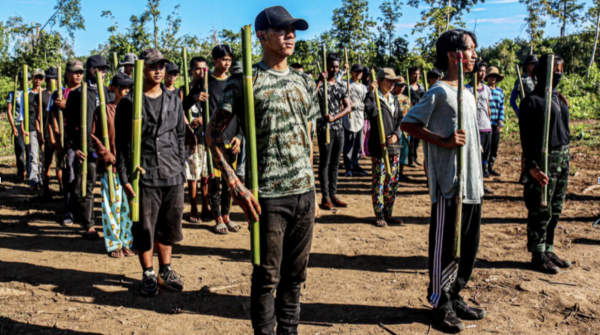
Over time, the civil war has led to the Myanmar military essentially fighting a 360 degree war. All types of militias have slowly closed in the military to the more central parts of the country, fighting out of major cities and capitals. However, these militias have gained significant ground on the Myanmar military, leading to mass defections, surrenders, and overall a lack of morale, further emboldening the resistance groups. Lin Lin, a spokesperson for the Burma People’s Liberation Army, said that, “Because of lack of support from the civilians, the soldiers on the ground are lacking morale in fighting.” The average Myanmar citizen, even Buddhists in the majority, no longer supports the military, discouraging soldiers to continue their fight.
In addition, the Myanmar military has suffered some major losses in the past year. In the Shan State, resistance fighters have taken over at least six towns from the junta, including border towns that support trade with China. Through taking over Chin Shwe Haw, resistance fighters have severed junta ties with the town of Muse, where about $2.2 billion in trade occurred between Myanmar and China from April of 2023 to October of the same year, which amounts to 98% of all trade between Myanmar and China.
As the military junta loses support both internally and externally, resistance groups, due to sheer numbers, will slowly overwhelm the stretched occupation forces. In turn, this will lead to a power vacuum in Myanmar, where numerous ethnic groups will be vying for power. While these groups have the common enemy of the military at the current moment, without this unifying opponent, it is likely the country fractures into different regions governed by their respective ethnic militias. The future of Myanmar remains uncertain, but one guarantee is the distrust between ethnic groups that has been plaguing the country since its inception.
